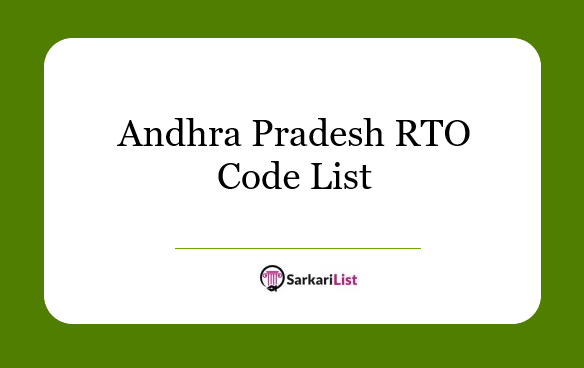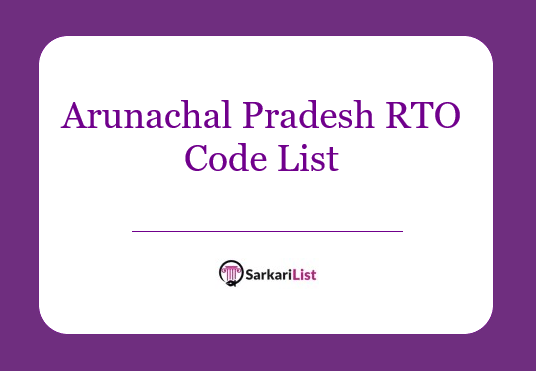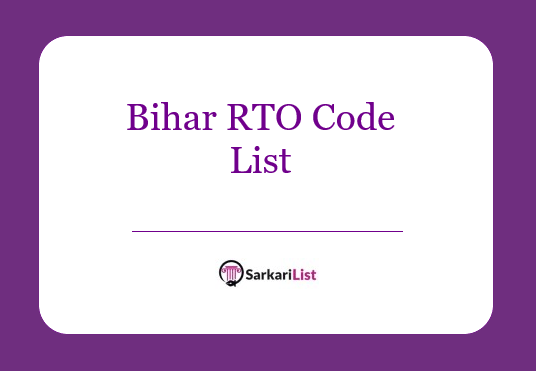Jammu And Kashmir ST List 2022 | Pahari Community In ST List – The suggestion for inclusion came from the commission set up for socially and educationally backward classes in the Union Territory, headed by Justice (retd) G.D. Sharma did.
- Later, the Union Ministry of Tribal Affairs sought the opinion and views of the ST Commission on the proposal to include four communities in the ST list of Jammu and Kashmir.
- In response, the ST Commission has flagged off a proposal to include ‘Pahari ethnic group‘, Padari tribe”, “Koli” and “Gadda Brahmin” communities in the ST list of J&K.
- At present, there are 12 communities in Jammu and Kashmir that have been notified as STs
Jammu And Kashmir ST List 2022 | Pahari Community In ST List
- Hill community, a linguistic group that mainly lives in the Pir Panjal Valley which includes Rajouri and Poonch
- The hills are also spread over parts of the Kashmir Valley.
- The hills include both Hindus and Muslims, unlike the Bakarwals and Gurjars, the two major nomadic dynasties.
Who are the Scheduled Tribes?
- The term ‘Scheduled Tribe’ first appeared in the Constitution of India.
- Article 366(25) defines Scheduled Tribes as “such tribes or tribal communities or parts or groups of such tribes or tribal communities which are deemed to be Scheduled Tribes under Article 342 for the purposes of this Constitution”.
- Article 342 lays down the procedure to be followed in the matter of specification of Scheduled Tribes.
- Many of the tribal groups have embraced modern life, but there are tribal groups that are more vulnerable.
- The Dhebar Commission (1973) created a separate category “Primitive Tribal Groups (PTGs)”, which was renamed “Particularly Vulnerable Tribal Groups (PVTGs)” in 2006.
Criteria
- The Constitution is silent about the criteria for the uniqueness of a community as a Scheduled Tribe.
- Primitiveness, geographical isolation, shame and social, educational and economic backwardness are traits that distinguish Scheduled Tribe communities from other communities.
How are STs notified?
- A particular State/ The first specification of Scheduled Tribes in respect of a Union Territory is by a notified order of the President after consultation with the respective State Governments.
These orders can later be amended only through an Act of Parliament.
Status of STs in India
|
About National Commission for Scheduled Tribes (NCST)
- The National Commission for Scheduled Tribes is a constitutional body.
- It was established by the Constitution (89th Amendment) Act, 2003.
- The Commission is an authority working for the economic development of scheduled tribes in India.
- The NCST is dealt with in Article 338.
- Earlier, there was only one commission, which was for both Scheduled Tribes and Scheduled Castes. In 2004, following the 89th Constitutional Amendment Act, the NCST was set up by dividing the National Commission for Scheduled Castes and Scheduled Tribes into NCST and the National Commission for Scheduled Castes.
This amendment replaced the National Commission for Scheduled Castes and Scheduled Tribes with two separate commissions which are:
- National Commission for Scheduled Castes (NCSC)
- National Commission for Scheduled Tribes (NCST)




